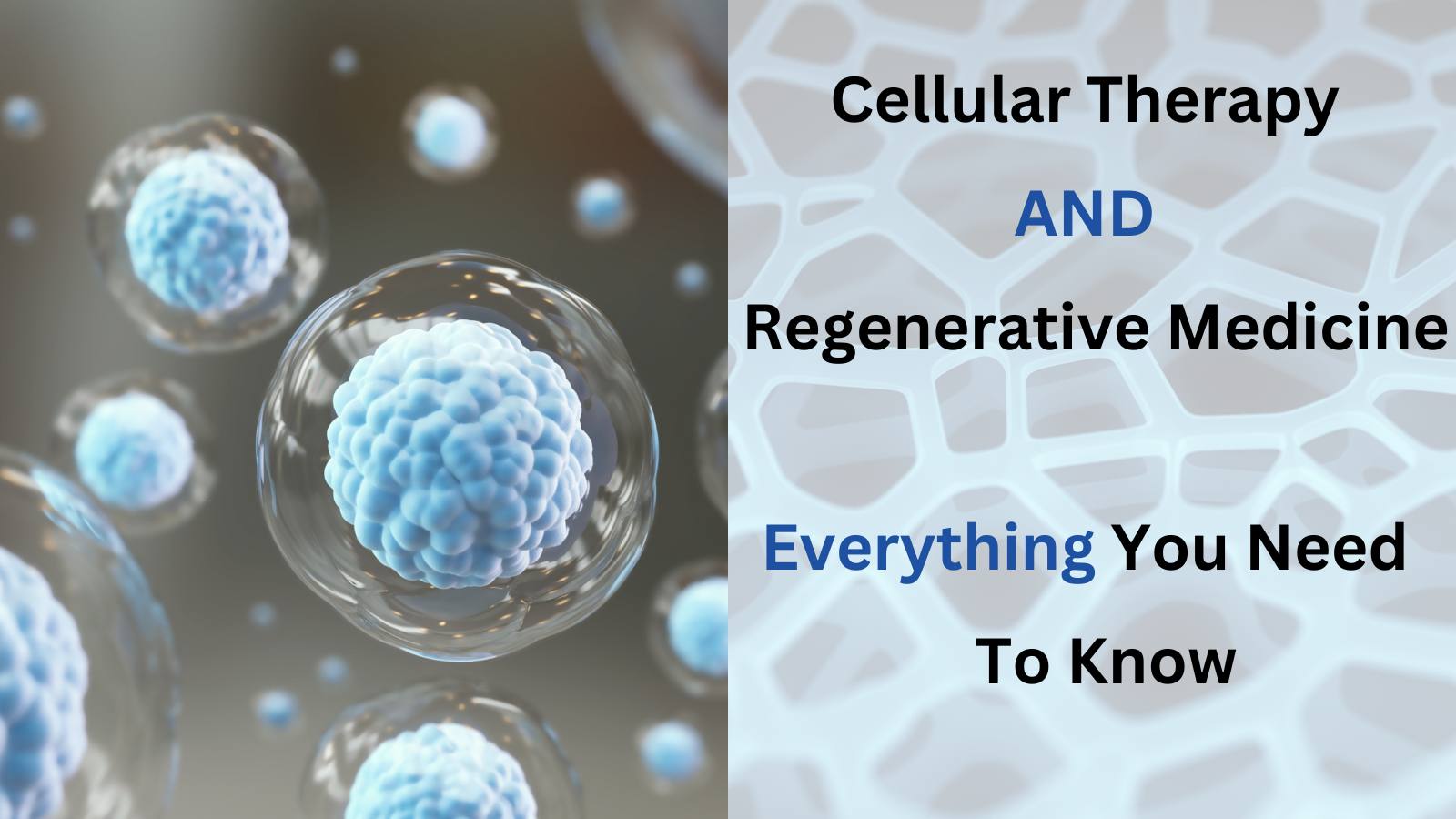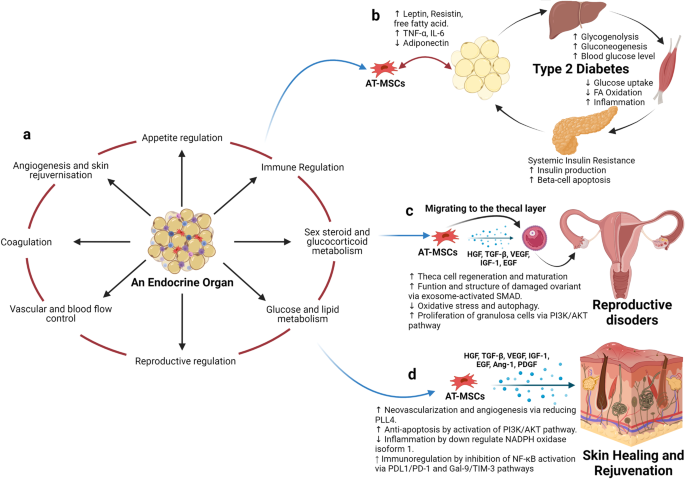Table of Contents

[/image][=video]
[/video]
There are many sorts of stem cells. As a whole, the term stem cell refers to a group of cells that provide surge to other cells (like skin, blood, heart, and muscle cells) by reproducing and setting apart in feedback to chemical hints. Totipotent stem cells appear at the earliest phase of growth and are the only stem cells which can produce embryonic stem cells and the placenta.
Bone marrow transplant (BMT) is an unique therapy for clients with certain cancers or other conditions. A bone marrow transplant involves taking cells that are normally located in the bone marrow (stem cells), filtering those cells, and giving them back either to the contributor (individual) or to an additional person. The objective of BMT is to transfuse healthy bone marrow cells right into a person after his or her very own unhealthy bone marrow has been treated to kill the irregular cells.
Bone marrow is the soft, squishy tissue discovered inside bones. It is where many of the body's blood cells develop and are saved. The blood cells that make other blood cells are called stem cells. One of the most primitive of the stem cells is called the pluripotent stem cell. This is various than various other blood cells when it come to the adhering to properties: It has the ability to reproduce another cell the same to itself.
It is the stem cells that are needed in bone marrow transplant. The objective of a bone marrow transplant is to heal several diseases and kinds of cancer. When the doses of radiation treatment or radiation required to treat a cancer cells are so high that an individual's bone marrow stem cells will certainly be completely harmed or ruined by the treatment, a bone marrow transplant might be needed.
Menopause Therapy around Southfield
This process is often called rescue. Replace bone marrow with genetically healthy operating bone marrow to protect against even more damage from a hereditary illness procedure (such as Hurler's disorder and adrenoleukodystrophy). The threats and advantages have to be weighed in an extensive conversation with your doctor and experts in bone marrow transplants before the procedure.
There are various kinds of bone marrow transplants depending on who the benefactor is. The various sorts of BMT consist of the following: The benefactor is the individual himself or herself. Stem cells are drawn from the patient either by bone marrow harvest or apheresis (a process of collecting peripheral blood stem cells), icy, and after that returned to the individual after extensive treatment.
The donor shares the same genetic type as the client. Stem cells are taken either by bone marrow harvest or apheresis from a genetically matched contributor, typically a brother or sis. Other donors for allogeneic bone marrow transplants might include the following: A haploid-identical suit is when the contributor is a moms and dad and the genetic suit goes to least half the same to the recipient.

Matching involves keying human leukocyte antigen (HLA) cells. The antigens externally of these unique white blood cells identify the genetic makeup of an individual's immune system. There go to the very least 100 HLA antigens; nonetheless, it is thought that there are a few significant antigens that identify whether a contributor and recipient match.
Clinical study is still checking out the role all antigens play in the procedure of a bone marrow transplant. The even more antigens that match, the better the engraftment of given away marrow. Engraftment of the stem cells occurs when the given away cells make their means to the marrow and start making new blood cells.
Perimenopause Treatment servicing Southfield
All people function with each other to give the very best opportunity for a successful transplant. The group contains the following: Doctor who specialize in oncology, hematology, immunology, and bone marrow hair transplant. A nurse who organizes all facets of care supplied prior to and after the transplant. The registered nurse organizer will certainly supply patient education and learning, and works with the analysis testing and follow-up care.
Specialists who will certainly help you fulfill your nutritional demands before and after the transplant. They will certainly function carefully with you and your family. Professionals that will aid you come to be strong and independent with movement and endurance after the transplant. Pastors who provide spiritual treatment and assistance. Several various other employee will certainly assess you prior to transplantation and will provide follow-up treatment as required.

A complete case history and physical examination are executed, including numerous tests to evaluate the client's blood and body organ features (for instance, heart, kidney, liver, and lungs). A person will certainly usually enter the transplant center up to 10 days before transplant for hydration, assessment, positioning of the main venous line, and various other preparations.
Blood items and medications will be offered through the catheter throughout therapy. For an allogeneic transplant, a suitable (cells keyed in and matched) donor should be readily available. Finding a matching donor can be a tough and lengthy process, specifically if a brother or sister suit is not available. Volunteer marrow benefactors are registered in a number of national and worldwide computer system registries.
Benefactor resources readily available consist of: self, brother or sister, parent or relative, nonrelated individual, or umbilical cord from a relevant or nonrelated individual. There are nationwide and international pc registries for nonrelated individuals and cable blood.
Medical Group
Examinations connected to his/her health and wellness, exposure to infections, and genetic analysis will be done to identify the extent of the suit. The benefactor will certainly be provided guidelines on just how a bone marrow donation will certainly be made. When a match for an individual requiring a bone marrow transplant is discovered, then stem cells will be collected either by a bone marrow harvest.
Or by an outer blood stem cell collection. This is where stem cells are gathered from the distributing cells in the blood. Of both, outer blood stem cell contributions are currently more common. Cord blood has already been collected at the time of a birth and stored for later use.
Navigation
Latest Posts
Regenerative Therapy
Regenerative Therapy in Southfield
Stem Cell Therapy